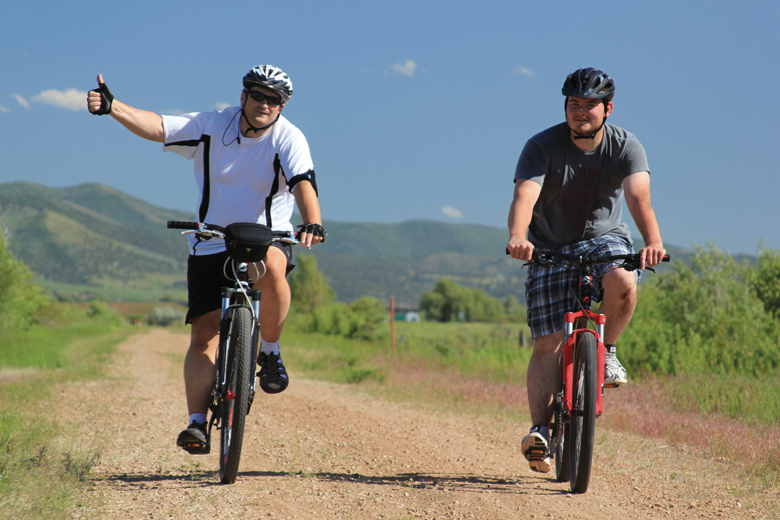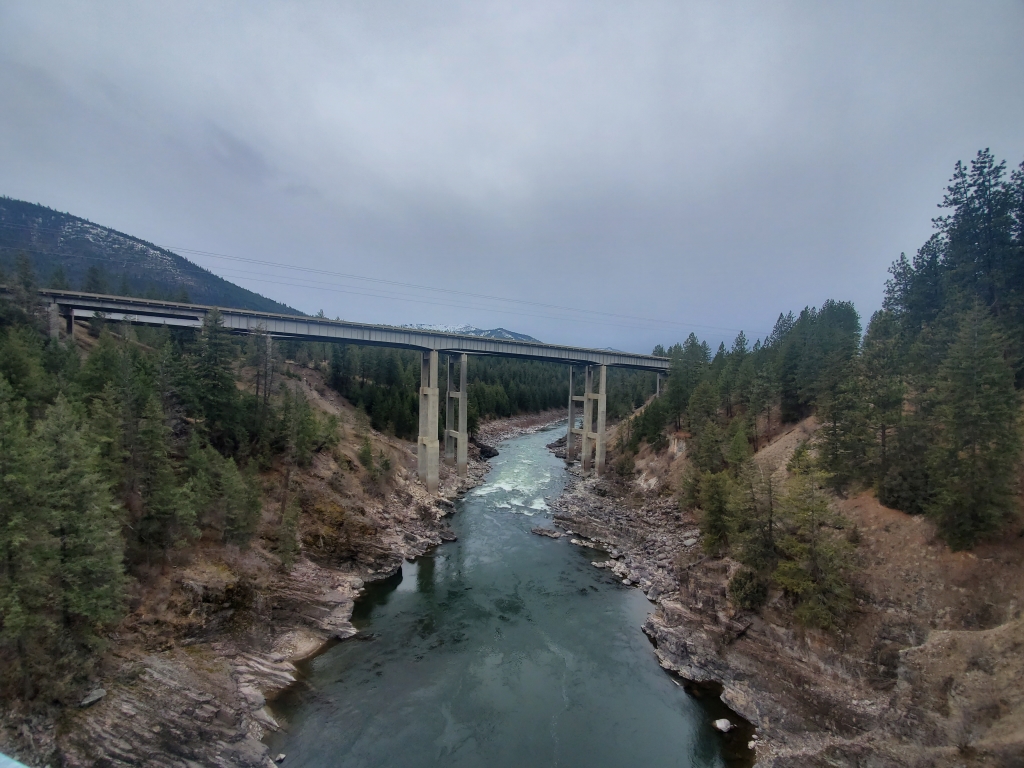By Charles Pekow — We hear a lot about converting abandoned railroad lines into trails. But we don’t always have to wait for the trains to stop running before turning the lines into bike paths. In 2002, the Federal Highway Administration (FHWA) issued a report called Rails with Trails: Best Practices and Lessons Learned, providing evidence-based guidance on how the two means of transportation can co-exist paralleling each other. And on the 19th anniversary of its guidebook, FHWA has updated it.

The new report notes that of the eight largest US railroads, four don’t allow parallel trails. Nevertheless, in 2018, FHWA counted 343 rails with trails. But most evidently were rather short: they covered only 917 miles, though they existed in 47 states. FHWA noted that “since 2000, there has been an increasing trend of building” them. Most of the trails parallel commuter routes, as freight operations generally are heavier and on private property and owners don’t see bike routes complementing them.
But if you want to build a trail along a railway, FHWA tells you what you need to do, from contacting the railroad and its customers “early and often,” to studying feasibility. This means everything from figuring out how to acquire the land to whether the terrain is suitable to figuring out how to create safe crossings.
Find the report at https://railroads.dot.gov/elibrary/rails-trails-best-practices-and-lessons-learned-0






